Have you ever heard of reading words by word family chunks? It’s actually a very powerful way to help kids read (and spell) new words!
Actually, this doesn’t just apply to word family chunks, all kinds of other chunks, like vowel teams and digraphs. You can find lots of chunking practice pages in our Color the Chunk Phonics pages collection.
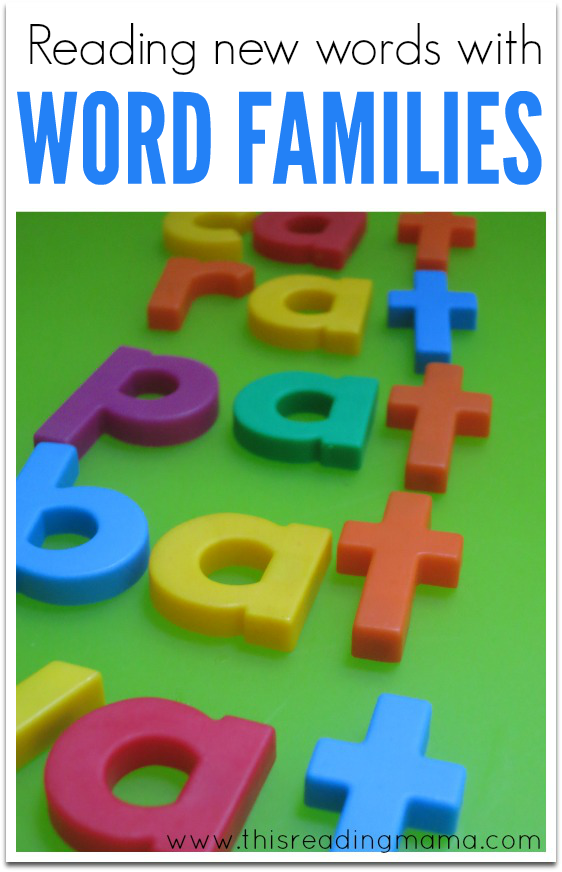
*This post contains affiliate links.
Reading Words by Word Family Chunks
Not too long ago, a teacher friend explained that her reading curriculum instructed her to teach sounding out CVC words this way: pa – t. That is, reading or sounding through the vowel, then putting on the final sound. She said her learner was struggling to get it.
I wasn’t too shocked that it confused her learner because reading research shows that learning to read by word family chunks (rime) works much better for young readers.
This means instead of breaking the word apart this way:
pa – t
or even this way, which I don’t oppose at all (see below*):
p – a – t
the reader would break it apart this way:
p – at
Before diving into the nitty gritty with word families, I want to make sure I’m clear with the terms I’m using.
Onset- the letter(s) that appear before the vowel in a single syllable word. The onset can be a single letter (t-, l-, p- etc.) or multiple letters (tr-, sh-, str-, etc.).
Rime or Word Family Chunk– the chunk of letters, starting with the vowel that follows the onset (-an, -oat, -uck, etc.)
*Developmentally speaking, reading by word family chunk (p-at) is actually harder than saying each sound in the word (p-a-t). Often, learners aren’t ready to read by word family chunk until they can sound out each letter of the word.
Why Reading by Word Family Chunks Works
One of the reasons I’ve personally noticed that word family chunks work better is that many times the letter that follows the vowel dictates how the vowel sounds.
For example, in the words pan, paw, and pat, the a‘s all make a different sound; based on the letter that follows the a. Teaching a child to read through the vowel first, then add on the last sound can be counterproductive and lead to confusion.
Here are a few more reasons reading researchers are word family “crazy”:
- the division of words into initial letters (onset) and rime is easier for learners. For example, it’s easier and quicker for a child to change pat to cat or hat than it is to change pat to pan or pad.
- rimes are more reliable or stable
- making rhyming words is one of the earliest phonological skills and teaching by rime accompanies this skill nicely
- the brain works as a pattern detector, looking to chunk new words into pieces, so learning words by chunk works with, not against, the brain’s natural tendencies
- teaching by rime is the basis for learning how to read by analogy (refer to the pattern decoder reason above)
- introducing words by word family allows for new words to be introduced and learned more rapidly and easily
- rimes are the basis for syllable chunks that make up multisyllabic words; for example, hippopotamus is made up of four basic rimes (-ip, -o, -ot, and -us)
- just from the following set of 37 common rimes, nearly 500 primary words can be made!
| -ack | -all | -ain | -ake | -ale |
| -ame | -an | -ank | -ap | -ash |
| -at | -ate | -aw | -ay | -eat |
| -ell | -est | -ice | -ick | -ide |
| -ight | -ill | -in | -ine | -ing |
| -ink | -ip | -it | -ock | -oke |
| -op | -ore | -or | -uck | -ug |
| -ump | -unk |
I’ve included 55 rimes on this free word family rimes chart. It’s a great tool for young readers and spellers.
I love how Francine Johnston gives more guidance when teaching word families in her section: How Should We Study Word Families in a Developmental Fashion?
She suggests doing it this way…
- Start with one word family at a time (for example, -at)
- Begin comparing word families with the same vowel (-at, -an, -ag)
- Move on to comparing rimes with different short vowels (-at, -it).
So, there’s a lot to be said for word families. They are the foundation for reading and writing new and bigger words and give our young learners decoding/spelling strategies to tackle those words.
You Might Like
Resources: (all of these resources reference other leading researchers in the field, from years ago until today’s researchers)
- Phonics They Use (Pat Cunningham)
- Beginning to Read: Thinking and Learning about Print (Marilyn Jager Adams)
- The Reading Teacher, The Timing and Teaching of Word Families (Dr. Francine Johnston)
- Words Their Way (Bear, et. al)
Enjoy teaching!
~Becky
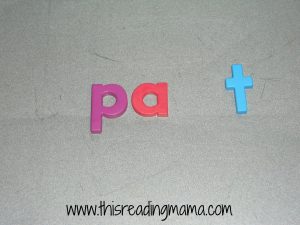
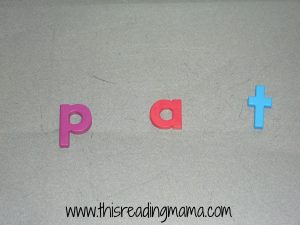
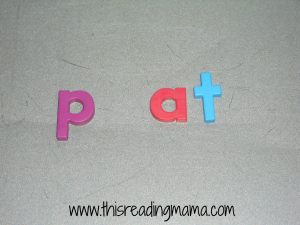

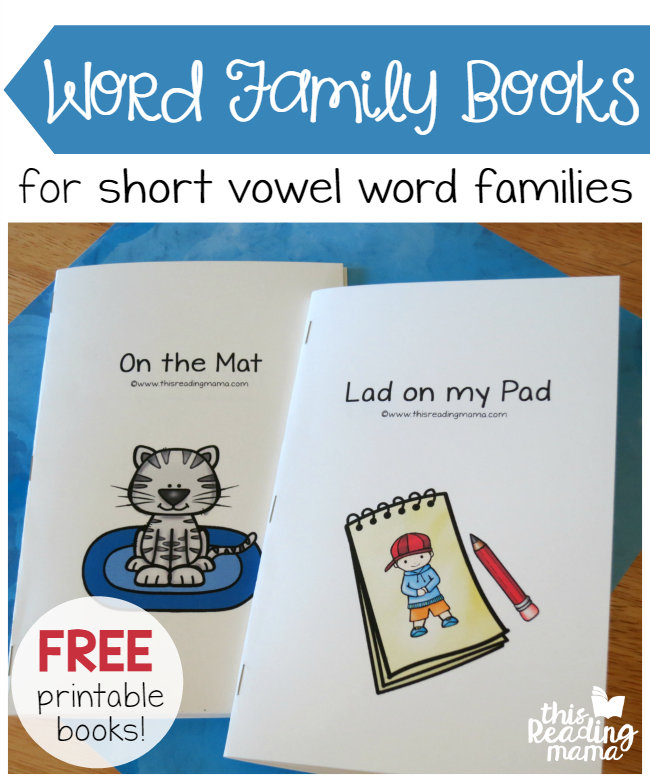
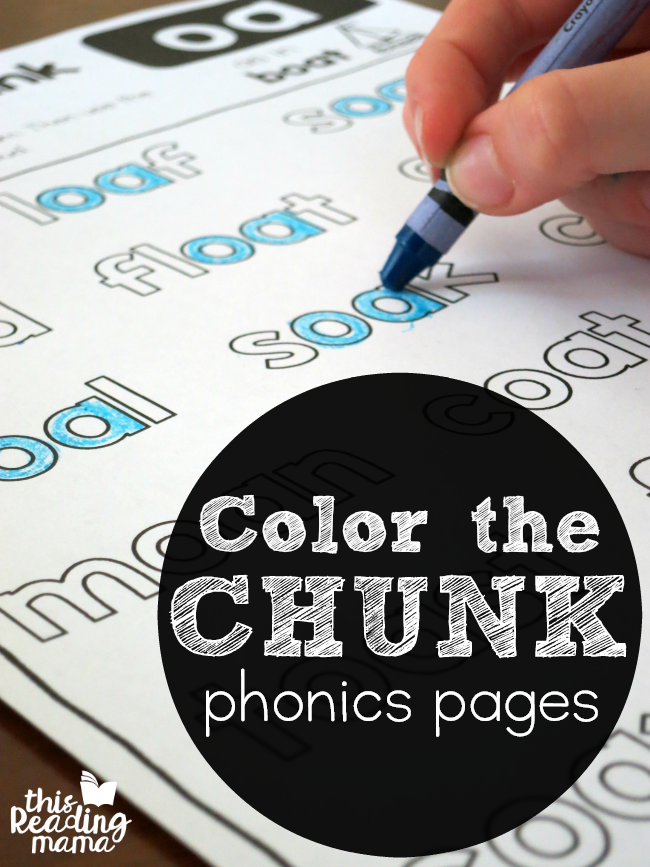
Wow! The teacher in me is cringing. So glad to see you sharing a better way to teach reading. Your friend needs to get her money back.
Her curriculum was free, but I’ve seen teachers teach sounding out words this way as well. Makes me cringe, too!
Thanks for helping parents that don’t have a teaching background teach their children using best practices. Phonic Their Way is a great book and I highly recommend it to parents and teachers alike.
I want to let you know that you are a lifesaver! My youngest, who just turned 7,required speech therapy for articulation difficulties and his ability to sound out words and connect letter sounds was delayed. What he was hearing and what he was producing were not in sync. He is the first of my children that I have had the pleasure of teaching to read. 🙂 Before finding your site I was in constant panic mode. (I found you by way of Royal Baloo) Word families/chunks has been a breath of fresh air. He is full of confidence now, excited about reading, and willing to take chances while learning. This is huge because before he wouldn’t even try some things for fear of being wrong…which he felt he always was. We have a long way to go but the strides he is making are so refreshing. He didn’t need remedial classes just a different approach! Thanks again!
Thank you for leaving such an encouraging comment! You made my day. 🙂
Fascinating topic. When I taught my daughter to read, the curriculum (also free) went more by phonic rules – short sounds went first, and I think that the focus was on “closing letter”. I guess we were lucky 🙂
can you share with my homeschool curriculum’s that use the word family approach?? Childofmyheart@aol.com
Words their Way does. I’m not sure of others.
I have been looking for an easier way to teach special needs children a way to feel successful in learning how to read. This is a great start for them and an easier beginning for me
I really appreciate all this. I have been an elementary school teacher in 4th grade for a decade, just this year switching to preschool. Your website has been a great help to me, filling in gaps in my education that was never focused on early childhood education. Thanks for the free master’s course!